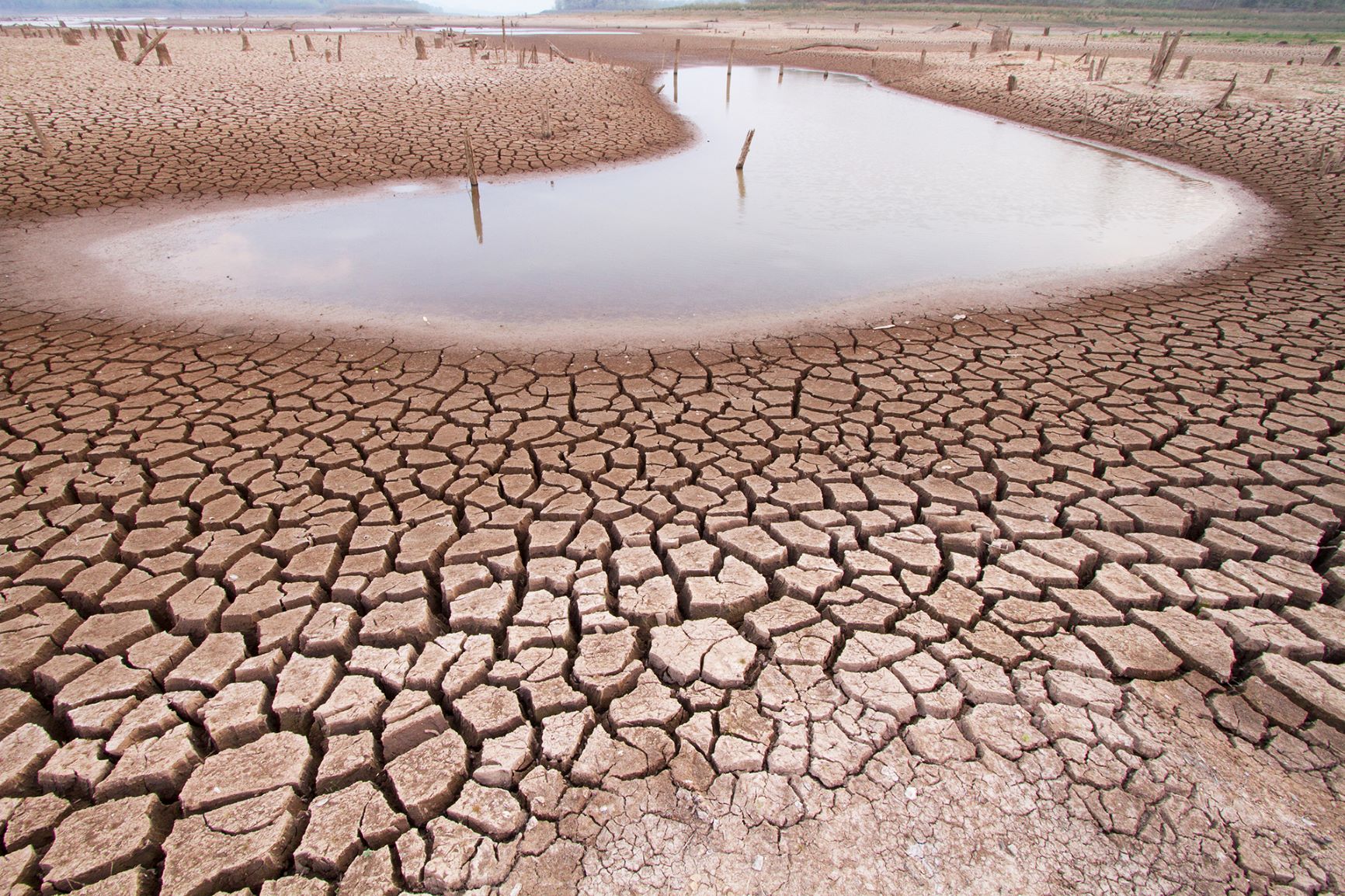High-sensitivity climate models should not be excluded when projecting future regional climate impacts because the level of warming measured globally is not always the only good indicator of regional changes, a new study suggests.
Some models which scientists use to project future changes in Earth’s climate show faster global warming than others, leading to temperature projections that are considered unlikely. Some experts suggest that these more sensitive (or ‘hotter’) models should be omitted when studying future climate impacts.
New research published today (Thursday, 5 December) in Earth’s Future shows no clear correlation between the rate of warming and some important regional drivers. Instead, how the behaviour of regional weather patterns control impacts needs to be considered too.
Dr Ranjini Swaminathan, lead author at the University of Reading and National Centre for Earth Observation, said: “We should not exclude climate models from impact assessments based on their climate sensitivity as this could lead to ignoring future outcomes that are potentially serious and realistic.
“What happens globally doesn’t always match what happens locally and we show that no universal correlation exists between climate sensitivity and regional climate drivers. For example, we see a general increase in the number of drought events in the future, but we don’t see a statistically significant correlation between the change in the number of drought events and climate sensitivity. This is because the magnitude of global warming is just one of many factors influencing drought and is often not the most important.
“Our results contradict suggestions that models showing higher warming should be excluded from studies about future climate impacts.”
Dr Jeremy Walton from the Met Office Hadley Centre, who contributed to the study, commented: “We looked at projected future changes in climatic drivers for floods, droughts and wildfires across many regions of the world and found no dependence on climate sensitivity in the majority of cases studied. We deduce that using models with a high climate sensitivity for regional climate projections is just as valid as using those with a lower value for this property.”
Preparing communities
The researchers studied how different models predict three major climate impacts: heavy rains that cause flooding, droughts that affect farming and water supplies, and conditions that increase the risk of wildfire. They looked at these across different parts of the world, including the Amazon rainforest, Australia, East Asia, and parts of Africa and India.
They discovered that how much global warming a model predicts isn’t the main factor in determining local impacts – regional factors matter too. If models are selected based only upon their prediction of global warming, important and physically plausible outcomes of regional climate impacts could be missed. This could lead to an inaccurate portrayal of the risks that need to be considered by governments and communities as they adapt to climate change.




